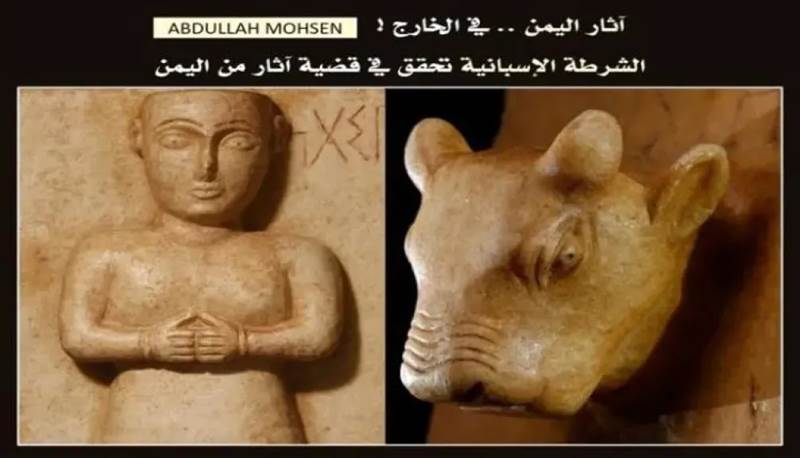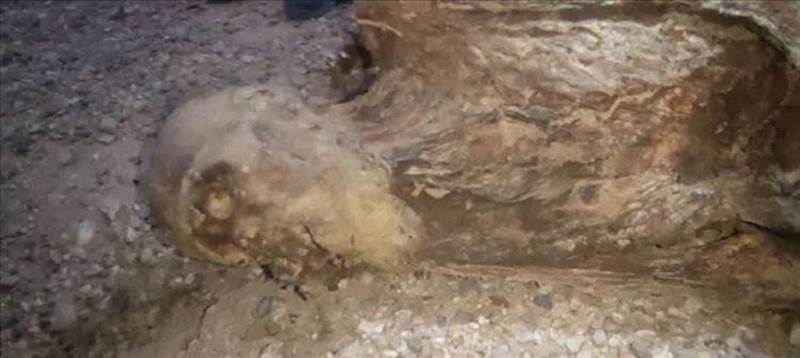Spanish Police Launch Investigation into Sale of Yemeni Artifacts in Barcelona
Spanish police have opened an official investigation into the sale of two Yemeni artifacts at an auction held by Templum Fine Arts & Antiquities in Barcelona on July 30, 2025, according to Yemeni archaeology researcher Abdullah Mohsen.
The move marks a significant step in international efforts to combat the illegal trafficking of Yemen’s cultural heritage, which has escalated amid the country’s ongoing political and security crisis.
Mohsen explained that the first artifact is a funerary stele from the Qatabanian period (1st century BC – 1st century AD), featuring a bull’s head carving and an inscription in Musnad script, one of the oldest writing systems in South Arabia.
However, he noted serious doubts about the authenticity of the inscription, suggesting that some letters were recently added and do not conform to known Qatabanian linguistic rules — indicating a possible forgery aimed at inflating the artifact’s market value.
The second artifact is a marble funerary stele from the same period, bearing an inscription in Old South Arabian and a finely carved human figure.
Both pieces were featured in the “Grand Summer Auction of Fine Arts, Antiquities, Royal Treasures, Contemporary Arts, and Jewelry,” an annual event that attracts collectors from around the world.
Mohsen called on the Yemeni government, particularly the Ministries of Foreign Affairs and Culture, to act urgently in coordination with Spanish authorities to reclaim the artifacts as part of Yemen’s national heritage, citing the 1970 UNESCO Convention on the protection of cultural property.
This incident comes amid a surge in artifact smuggling from Yemen to European markets, especially since Iran-backed Houthi militias seized control of large parts of the country.
International reports indicate that cities such as London, Paris, and Barcelona have become major hubs for organized smuggling networks, believed to be operated or financially exploited by the Houthis.
Yemen’s archaeological heritage, spanning the ancient civilizations of Saba, Ma’in, Qataban, and Hadramaut, represents one of the richest and oldest legacies of human history.
Today, however, this heritage faces the threat of systematic looting and extinction, underscoring the urgent need for coordinated national and international efforts to protect and repatriate stolen artifacts.









Comments